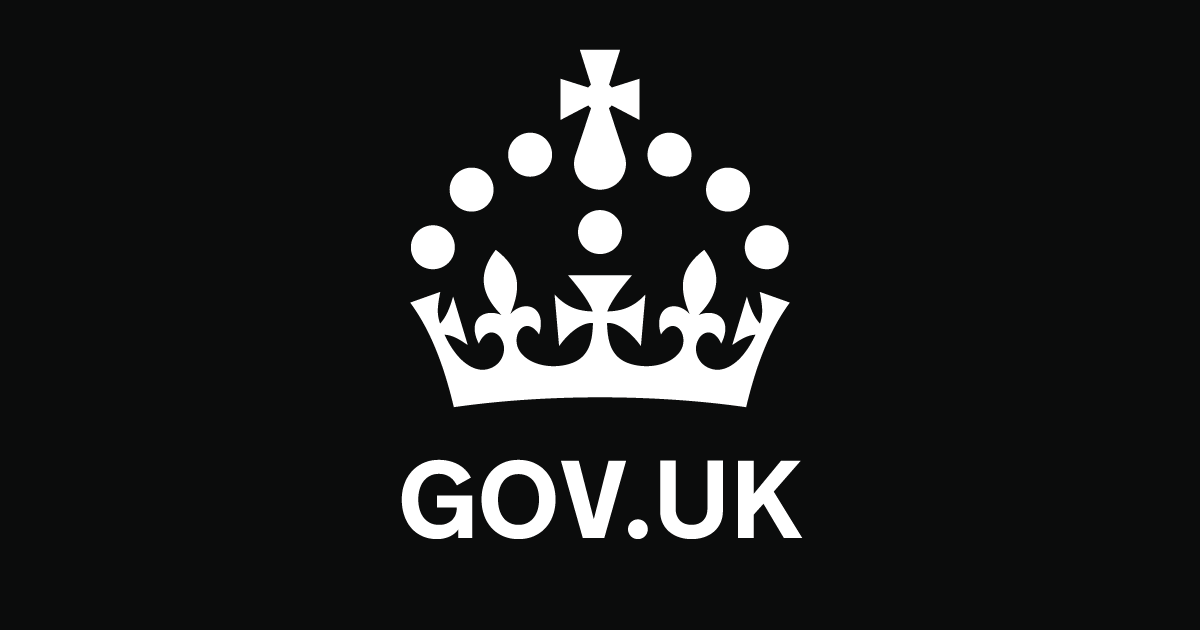The annual Lyrid meteor shower will peak on Tuesday, delivering up to 20 shootings stars per hour to the skies over the UK.
The Lyrids have been visible since 16 April, but the peak on 22 April will see the highest number of meteors appear since the Quadrantids peaked at the beginning of 2025.
The fireball display occurs each year when the Earth passes through the debris trail of Comet C/1861 G1 Thatcher, which orbits the Sun every 415 years.
Travelling at 49 kilometres per second, the meteors appear to originate from the northern constellation Lyra, near the bright star Vega.
“The Lyrid meteor shower is set to light up the night,” Nasa’s Langley Research Center posted to X.
“Peaking on April 22–23, the Lyrids offer a celestial spectacle with up to 20 meteors per hour.”
The best time and place to view the Lyrids is in the pre-dawn hours, well away from any light pollution like street lights.
No specialist equipment is needed to view the meteor shower, with telescopes and binoculars actually obscuring the long fiery trails left behind by the space rocks.
Patchy cloud over the UK means viewing conditions are not ideal, but the Moon appearing as a thin crescent means there will be minimum light pollution.
“It might take a while for your eyes to adjust to the darkness so be patient,” the Natural History Museum noted.
“You might not see meteors right away so get comfy with a blanket and watch the sky for at least an hour.”
The next meteor shower will take place next month, when the Eta Aquarids peak on 5-6 May with up to 40 meteors shooting overhead each hour.
Appearing to emerge from the constellation Aquarius, the Eta Aquarids are a result of the Earth passing through the debris from Comet Halley.

